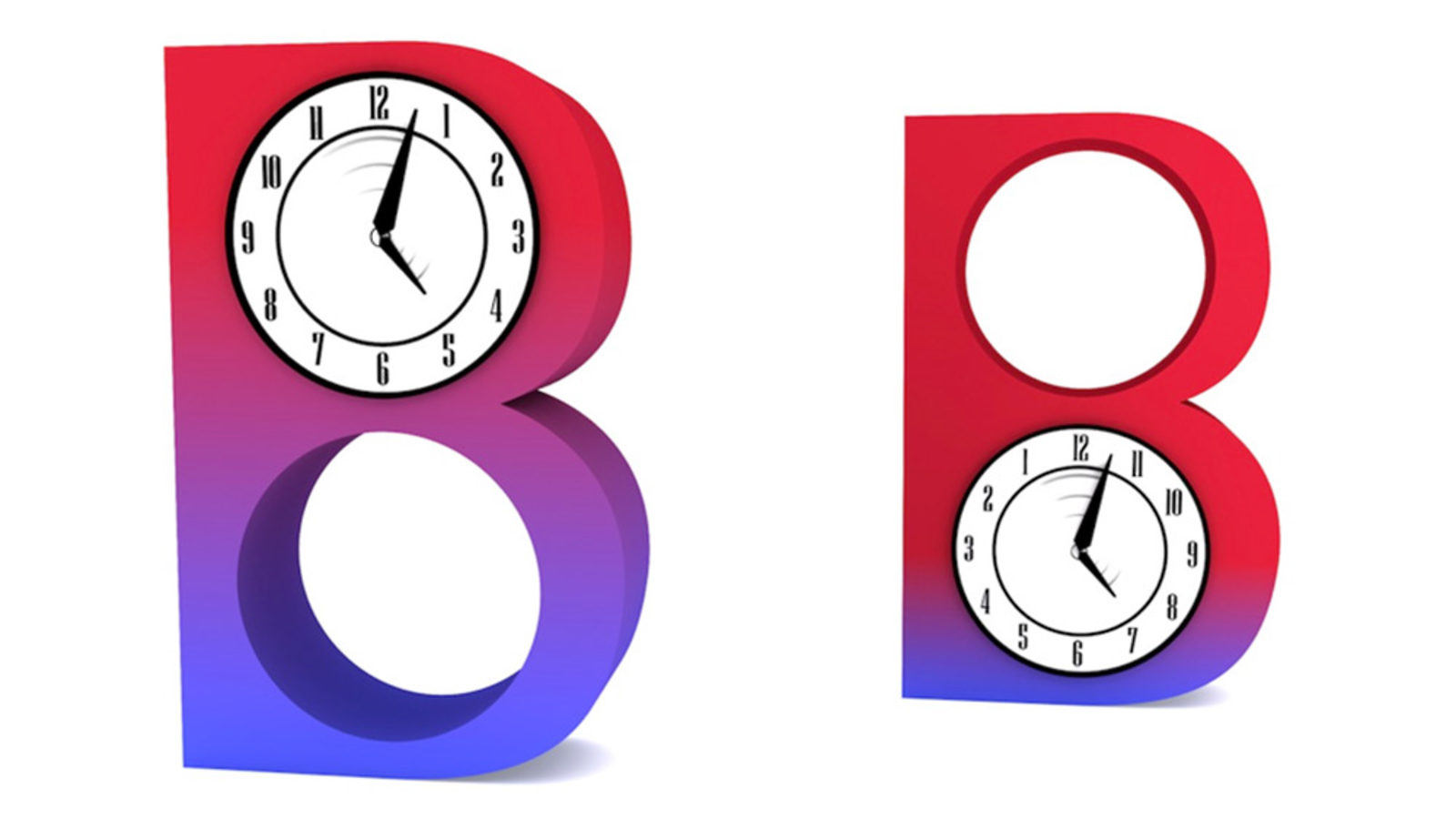Time ceaselessly speeds onward in our everyday experience, never taking so much as half a step backward. Now, thanks to experimental results from the BaBar collaboration, researchers can be sure that the same is also true for single, isolated particles. Time is indeed asymmetric, even on exceedingly small scales.
Time asymmetry was expected on the minuscule scale of particles and forces, yet until now it had never directly been observed. Previous analyses of BaBar data revealed a violation of the so-called charge-parity symmetry, which involves the symmetries of charge (particle versus antiparticle) and parity (which can be thought of as the changes in spatial dimensions that occur when looking at something in a mirror). In order to preserve an overall symmetry, the observed violation of CP symmetry implied a related violation of time symmetry as well. But it took a huge amount of data and complex analysis to view it directly.
Over the course of nearly 10 years, the BaBar collaboration collided billions of electrons and positrons, producing almost 500 million pairs of B mesons and their antiparticles, B-bar mesons. In a recent analysis of this stockpile of data, researchers focused in on the collisions in which B mesons switched between two states called B-zero and B-even.
Careful analysis revealed that the switch occurred six times more often in one direction than the other. In other words, running the collisions backward would not look the same as running the collisions forward; these subatomic transformations had a preferred direction of time.
This time asymmetry exactly balances previously observed charge-parity violation, confirming that the basic theoretical relationship between time, charge and parity symmetries is indeed correct.
"We're gratified to have further validated this underlying theory,” BaBar spokesperson and University of Victoria professor Michael Roney says in a press release issued by SLAC. “BaBar's data has been extremely fruitful and continues to produce important results.”
The results were reported this week in Physical Review Letters. Read the SLAC press release here.



